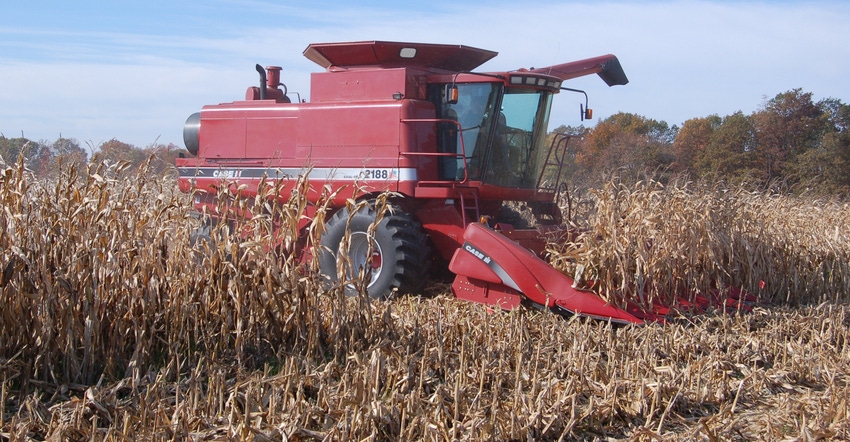July 11, 2019

Deciding whether to lease or purchase land is one of the most important decisions made by farmers. An asset base that is too small makes it difficult for a farm to efficiently utilize labor, machinery and equipment. An asset base that is too large often requires borrowing a large amount, which may cause cash-flow problems and financial stress. When examining leasing options, the farmer and the landowner must decide to use either a cash lease, a crop-share lease or a flexible cash lease. This article discusses lease principles relevant to these cropland leases.
Farm leases, at a minimum, should contain the following information: legal description of the land, term of the lease, amount of rent to paid or how rent will be computed if dealing with a crop-share or flexible cash lease, names of owner and tenant, signatures of all parties, dates and procedures for notification of lease renewal and cancelation, and a provision spelling out rights and responsibilities of each party.
The objective of every lease should be to provide a fair and equitable return to both parties for the inputs they contribute to the total farm operation. A fair and equitable arrangement exists when both parties are paid for the use of their inputs according to the contribution those inputs make toward generating income.
Choose your lease
Risk-sharing varies considerably among the three lease types noted. With a cash lease, price and production risk are borne by the tenant. With a crop-share lease and most flexible cash leases, price and production risk are borne by both the tenant and owner. There is also risk associated with the term of the lease. Cash leases tend to adjust slowly to changes in the business climate, while net returns for crop-share and flexible cash leases typically change more rapidly.
For crop-share leases, variable expenses that are yield-increasing, such as for fertilizer, should be shared in the same proportion as the crop share. As new technologies or management practices are adopted, such as no-till or cover crops, share arrangements need to be adjusted to reflect their impact on costs and returns.
At the termination of a lease, tenants and landowners should be compensated for the unexhausted portion of long-term investments. For example, lime applied to cropland typically lasts several years. If the tenant pays for the lime, then the lease should provide for a mechanism to compute the remaining value of the lime when the lease is terminated. Other investments may include irrigation, conservation improvements, grain bins and buildings.
Communication is extremely important. It is prudent for a tenant to provide updates of crop conditions throughout the year and make sure that crop shares and possible bonuses emanating from flexible cash leases are understood by both parties. Even though oral leases are common, they aren’t recommended. It’s too easy for memories to fail, causing disagreements.
Langemeier is a Purdue University Extension agricultural economist and associate director of Purdue’s Center for Commercial Agriculture.
About the Author(s)
You May Also Like






